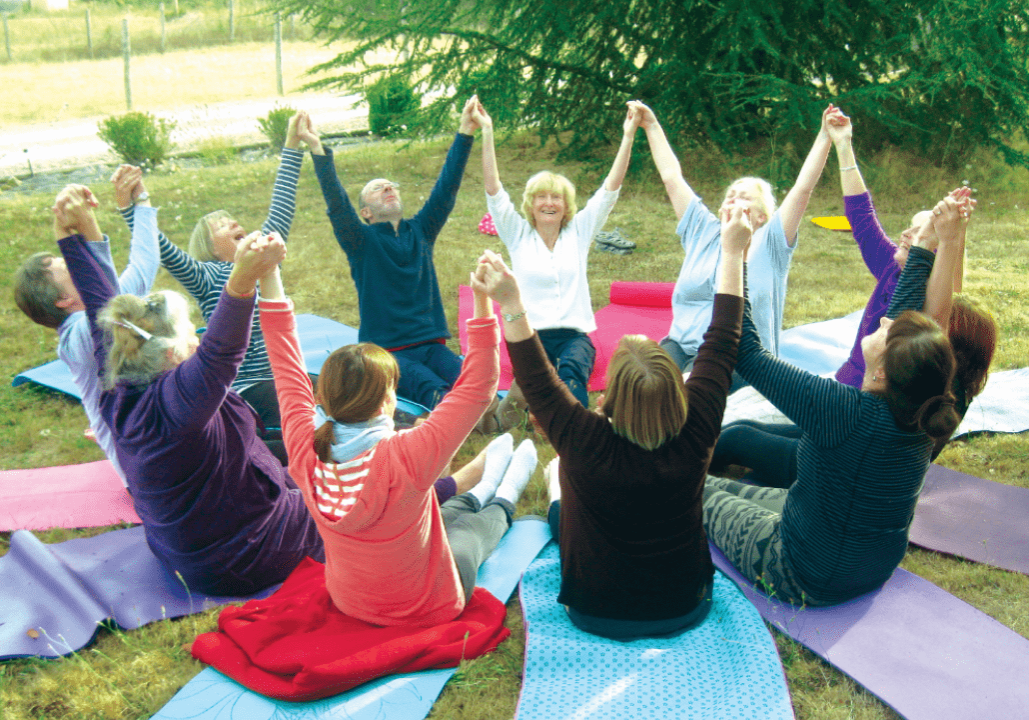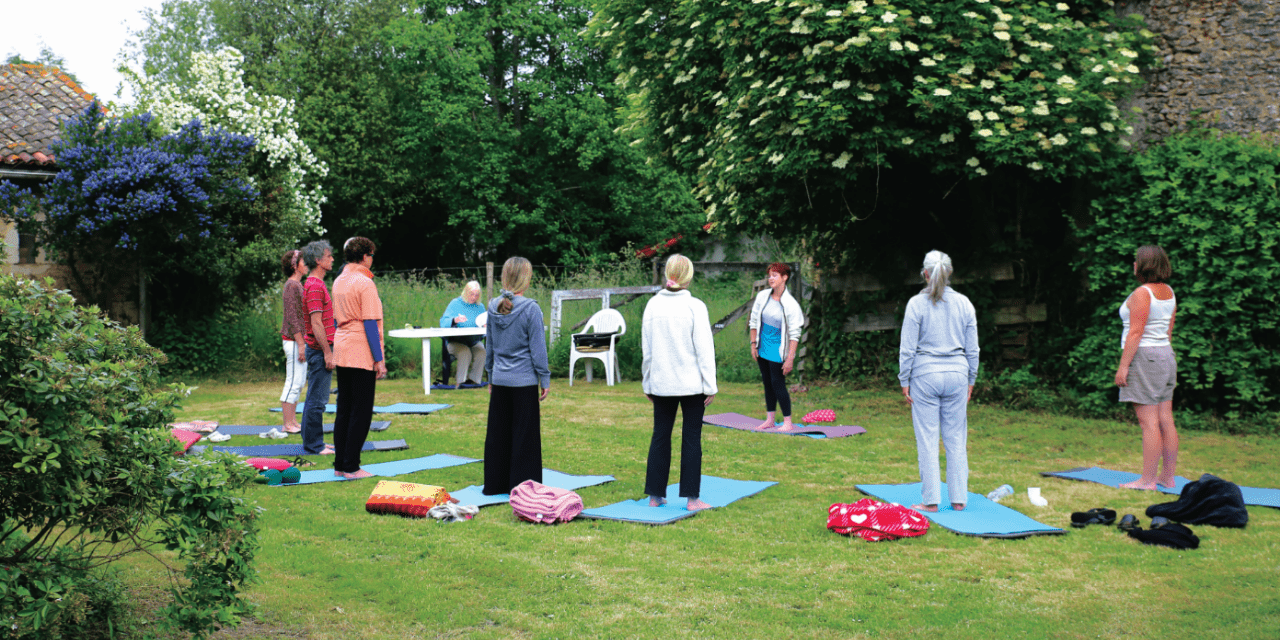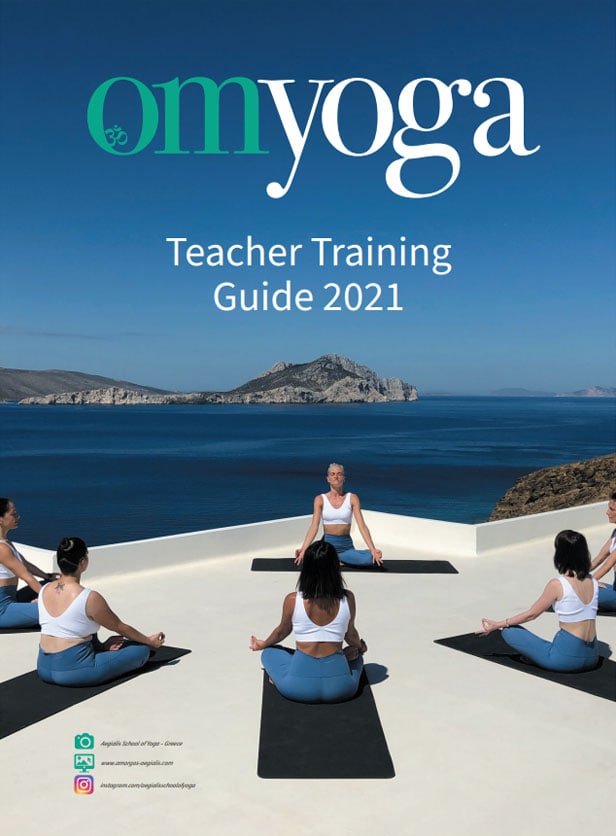
You’ve got the style
Developing your own personal teaching style. By Helen Gilhooly
So now you are ready to begin your journey as a qualified yoga teacher. You have classes set up and will no doubt be excited and daunted by the prospect in equal measure! And you are going to want to know how to make this new journey personal and true to your own self. Here are some pointers and ideas to help:
1. Begin by using and exploring the ideas you have gathered during your training so that you have a solid foundation to build on. For example, if you’ve trained in classic Hatha yoga, stay ‘classic’. Once you have built your confidence in teaching this way, you will feel more open to adding your own personal touch and ideas you’ve gathered from elsewhere.
2. Plan your classes with the four fundamental parts of a yoga lesson at the heart: pranayama, asana, meditation and relaxation. Imagine you are building a house: these four parts are your structure; with these in place you can begin to enjoy adding the furniture, in other words the details of your lessons which, over time, will become uniquely yours.
3. Make sure you leave time in your daily life for your own practice. Teaching yoga leaves an imbalance for the teacher because your purpose is to lead the class not to participate. If you have time to join a class yourself, then do so; otherwise make sure you practice your own yoga, bearing the four fundamental parts in mind. This will give you the time you need to hear your inner voice. We teach others how to settle the mind and focus on the inner soul; we can only truly teach that if we follow those tenets ourselves.
4. Attend continued professional development (CPD) sessions offered by your association or others. This is a wonderful way to get new ideas, develop yourself professionally and simply have the chance to talk to other teachers. For a novice or a very experienced yoga teacher, there is always something new to learn. Such is the wonderfully eclectic nature of yoga.
5. Stay in touch and liaise with other students from your course and other teachers. Suggest setting up an ideas-sharing forum and don‘t be afraid to share your own ideas or lesson plans; everyone has a different approach and you will find that you become a great ‘pick and mix’ expert, taking the ideas that suit your style and developing them further.
6. Keep informed and stay up to date: follow forums, read articles about yoga in the media, dip into the classic texts. Share interesting news and research about yoga with your students to keep them informed too. In this way you are making your class a well-rounded experience and your students will come to understand that they are not just ‘doing’ yoga, they are learning so much more about its philosophy, its depth and breadth, and its efficacy.
7. Be true to your yogic beliefs: for example, if a student tells you that they only want to do the asana part of a yoga class, don’t be afraid to explain all that your teaching embraces and why yoga is so much more than a physical workout. Be an ambassador for holistic yoga practice.
8. Be a magpie! Collect materials and ideas to individualise your yoga classes: meditation aids such as beautiful leaves in autumn, unusual stones and shells, mandala pictures, poems, sayings, music, chakra colours, the list is endless.
9. And finally, believe in yourself. You have undergone a rigorous YTT; you are now knowledgeable and the imparter of knowledge. Of course, you are always learning too but be confident and calmly assertive in your abilities and enjoy the challenge of sharing the wonderful practice of yoga with others.
Helen Gilhooly is FRYOG International Area Officer and Teacher Trainer (laroseraie-romagne.com/en/activities-courses Facebook: facebook.com/LaRoseraieYoga)



